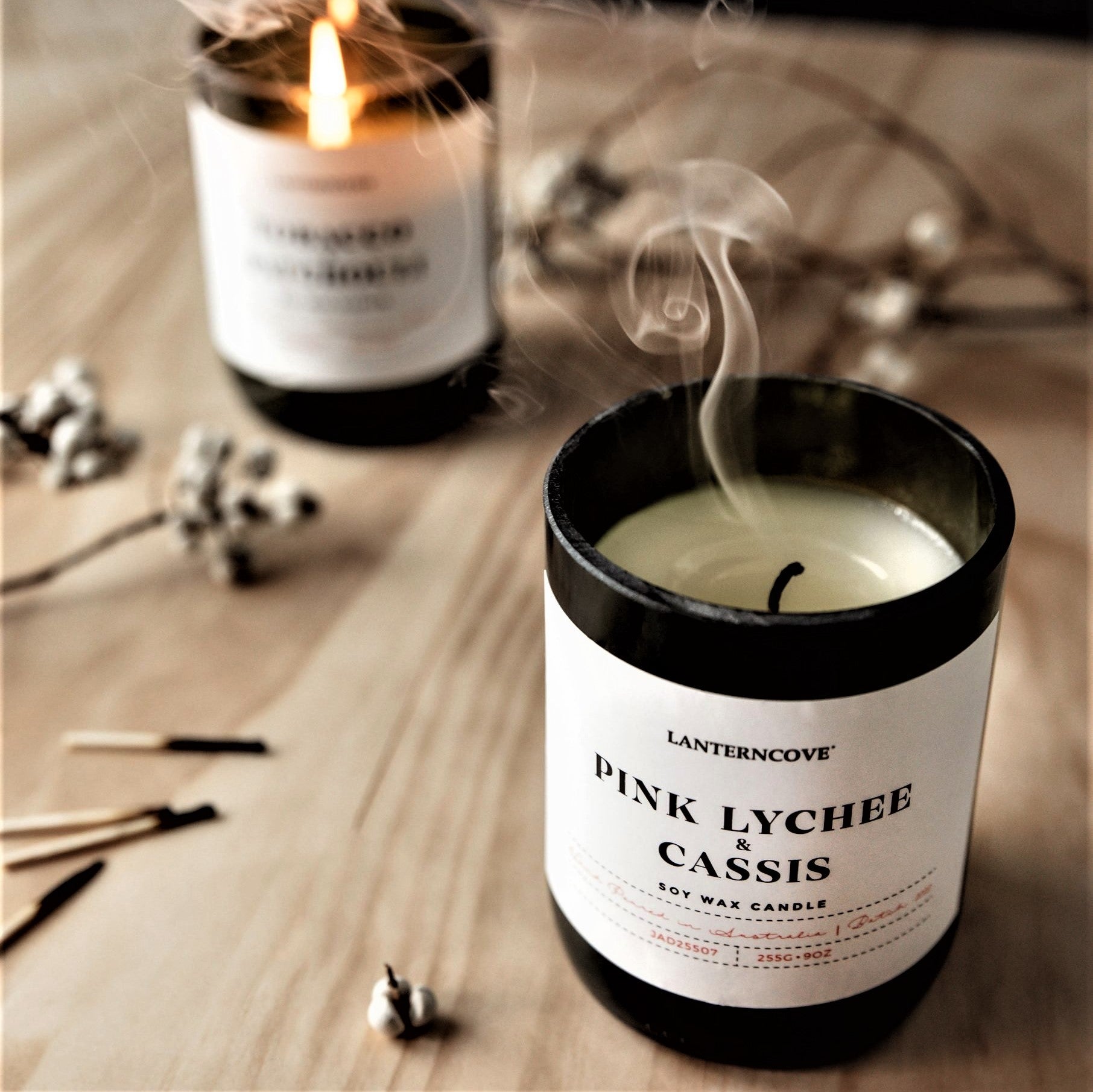From Wick to Wax: Understanding the Chemistry Behind Soy Wax Candles and Their Ecological Influence
As we illuminate our rooms with the warm glow of candles, there lies a world of detailed chemistry behind the seemingly easy act of lighting a soy wax candle. Join us as we decipher the clinical complexities behind soy wax candle lights and discover their implications on our environment.
Soy Wax Vs. Paraffin Wax
When comparing soy wax and paraffin wax for candle making, it is vital to recognize the unique characteristics and benefits of each material. Soy wax is a natural, renewable energy obtained from soybean oil, making it eco-friendly and environment-friendly - crystal soy candles. In comparison, paraffin wax is a result of petroleum refining, which elevates concerns regarding its environmental influence and sustainability
Soy wax candles burn cleaner and emit less soot contrasted to paraffin wax candle lights, making them a healthier option for interior air top quality. Additionally, soy wax has a lower melting point, enabling a longer-lasting candle light that disperses fragrance better. Paraffin wax, on the various other hand, has a tendency to burn faster and less easily, possibly launching dangerous chemicals right into the air.
From a sustainability perspective, soy wax is favored for its biodegradability and sustainable sourcing, straightening with the expanding consumer preference for eco conscious items. While paraffin wax has been a conventional option in candle light making due to its affordability and convenience of usage, the change towards eco-friendly alternatives like soy wax is obtaining momentum in the sector.
Chemical Structure of Soy Wax

Combustion Process in Soy Candles
The chemical make-up of soy wax straight influences the burning process in soy candle lights, influencing aspects such as burn time, fragrance launch, and ecological effect. When a soy candle is lit, the warm from the flame thaws the wax near the wick.
The combustion effectiveness of soy candles is influenced by the purity of the soy wax and the high quality of the wick. A clean-burning soy candle light with a correctly sized wick will certainly generate a consistent fire and decrease soot development. This not only extends the melt time of the candle however likewise enhances the release of fragrances. Additionally, soy wax candles have a lower ecological impact compared to paraffin candle lights due to their eco-friendly and biodegradable nature.

Ecological Advantages of Soy Wax

Considered a sustainable option to typical paraffin wax, soy wax provides notable environmental benefits that make it a popular choice amongst eco-conscious customers. One substantial advantage of soy wax is its sustainable sourcing. Soy wax is originated from soybean oil, which is primarily grown in the United States. The growing of soybeans helps sustain local farmers and lowers the reliance on non-renewable nonrenewable fuel sources used in paraffin wax manufacturing. Furthermore, soy wax is naturally degradable, meaning it breaks down naturally without launching unsafe toxins right into the setting. This characteristic makes soy wax candles a much more eco-friendly choice compared to paraffin wax find this candle lights, which are made from oil, a non-renewable resource. In addition, soy wax burns cleaner and produces much less residue than paraffin wax, adding to better interior air top quality and decreasing the requirement for cleansing and upkeep. In general, the ecological benefits of soy wax align with the expanding demand for sustainable and environmentally friendly items out there.
Recycling and Disposal Factors To Consider
Recycling and correct disposal of soy wax candle lights play a crucial function in keeping ecological sustainability and minimizing waste in houses and communities. When it involves recycling soy wax candle lights, the initial step is to make certain that the candle has actually melted totally. This can be attained by enabling the candle light to burn till the wick is no longer useful, and then letting the remaining wax cool and strengthen. Once the wax has actually strengthened, it can be meticulously gotten rid of from the container.

In regards to informative post disposal, if recycling is not an alternative, soy wax candle lights are naturally degradable and can be securely dealt with in most household waste systems. It is constantly recommended to inspect with regional reusing centers or waste monitoring solutions for details standards on candle disposal to make certain appropriate handling and ecological defense.
Verdict
In conclusion, the chemistry behind soy wax candle lights reveals their ecological advantages over paraffin wax candle lights. Soy wax, derived from soybean oil, burns cleaner and generates less soot when compared useful source to paraffin wax.
When comparing soy wax and paraffin wax for candle production, it is necessary to comprehend the distinctive attributes and advantages of each product (soy wax candles).Soy wax candle lights shed cleaner and produce less residue contrasted to paraffin wax candles, making them a much healthier selection for interior air quality.Thought about a sustainable choice to traditional paraffin wax, soy wax supplies significant environmental advantages that make it a prominent option amongst eco-conscious customers. Soy wax burns cleaner and produces less soot than paraffin wax, contributing to better interior air quality and lowering the need for cleansing and upkeep.In verdict, the chemistry behind soy wax candle lights exposes their environmental advantages over paraffin wax candle lights